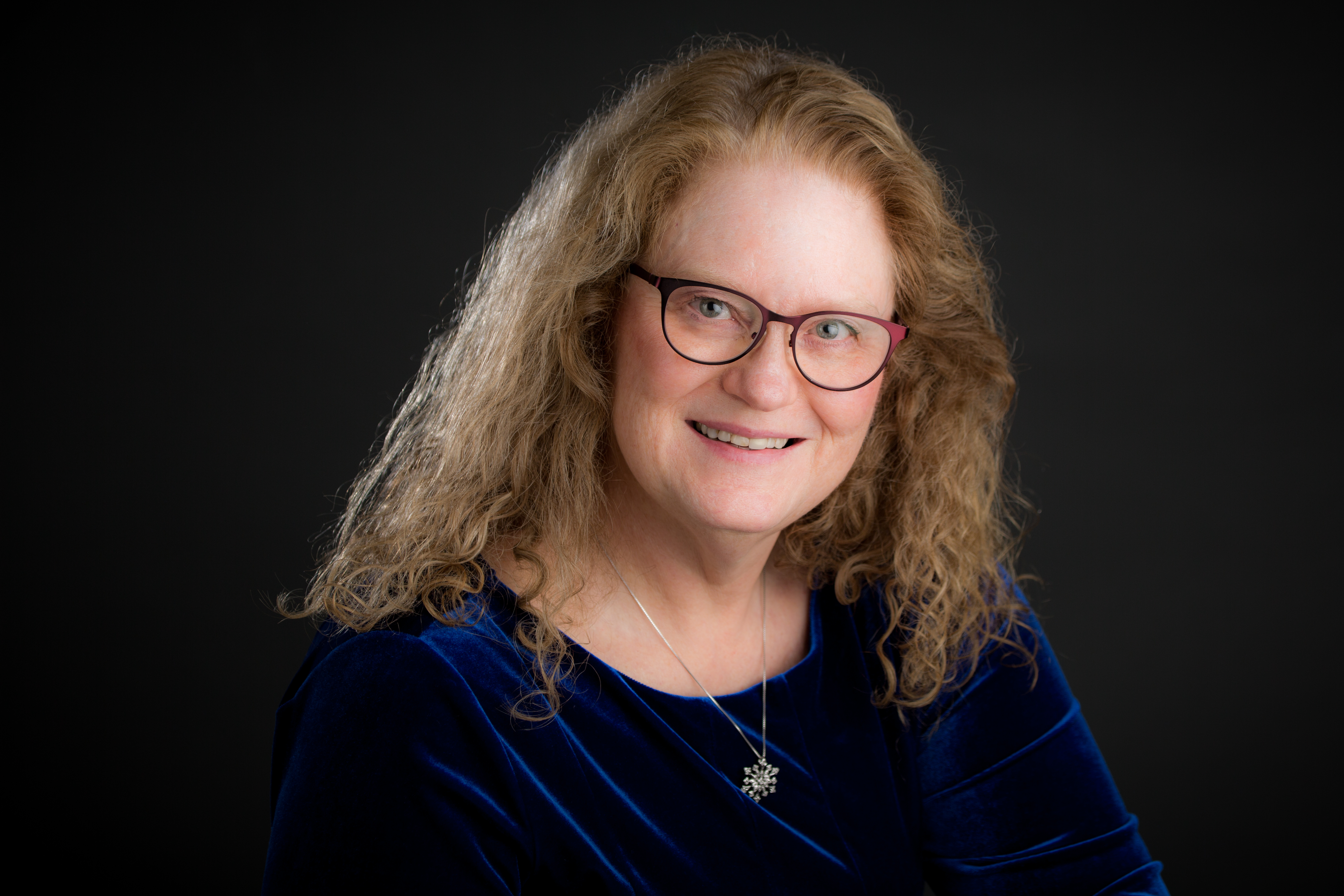Lifelong Learner

They say you can’t teach an old dog new tricks. Bah Humbug. Poppycock. Rubbish. I am proud to call myself a lifelong learner. As an old dog, I am committed to learning new tricks in a variety of subjects. I have spent a large part of my life in formal education. From kindergarten through graduate … [Read more…]
